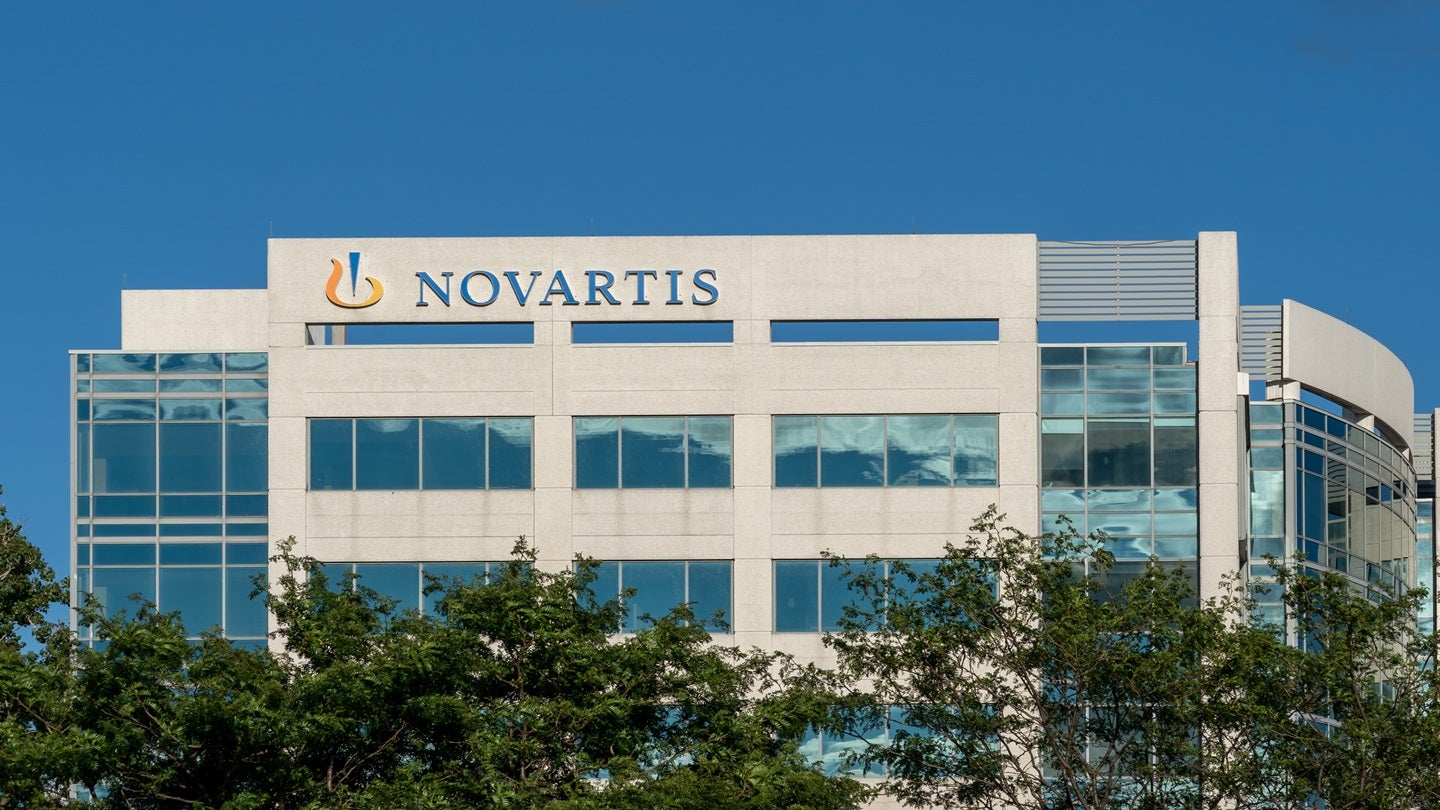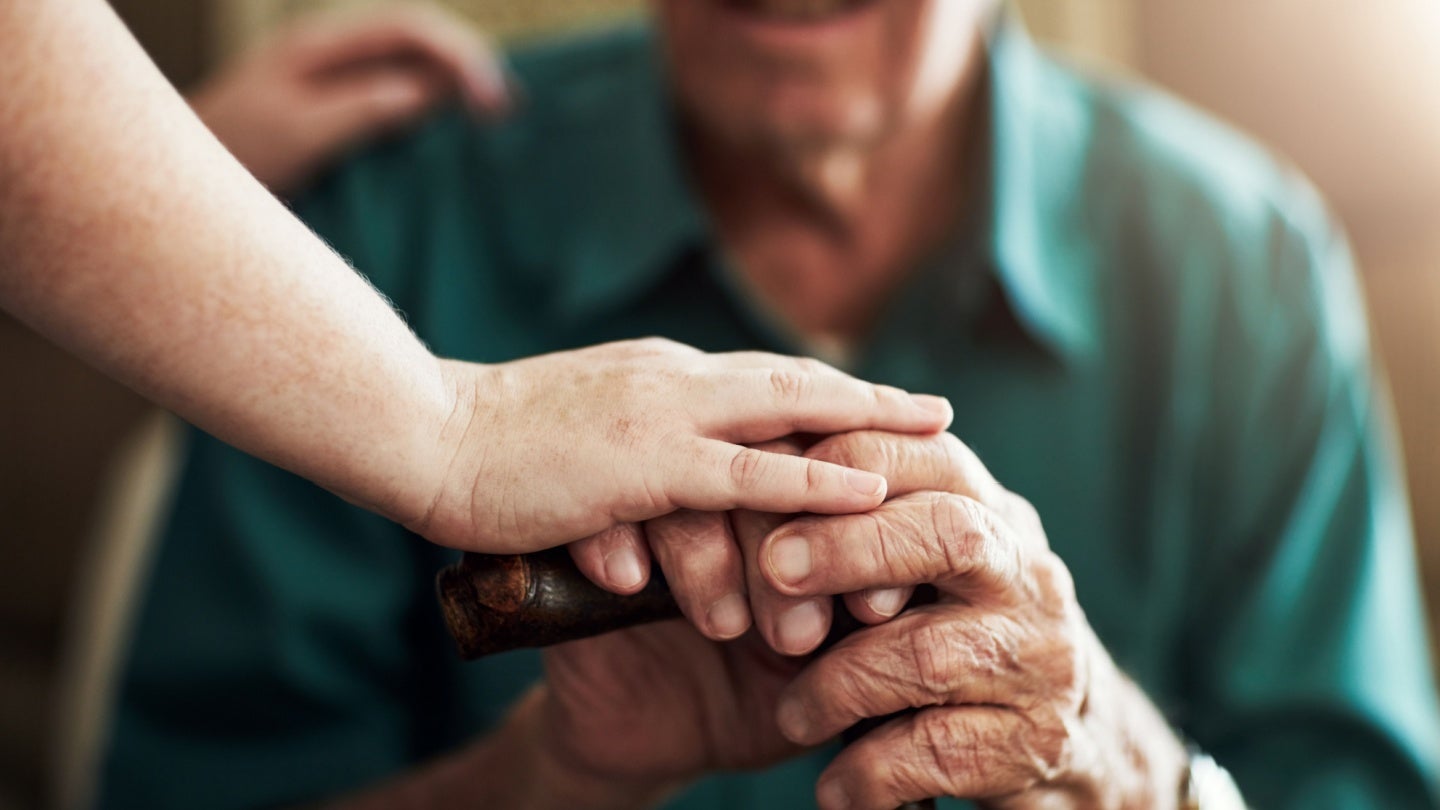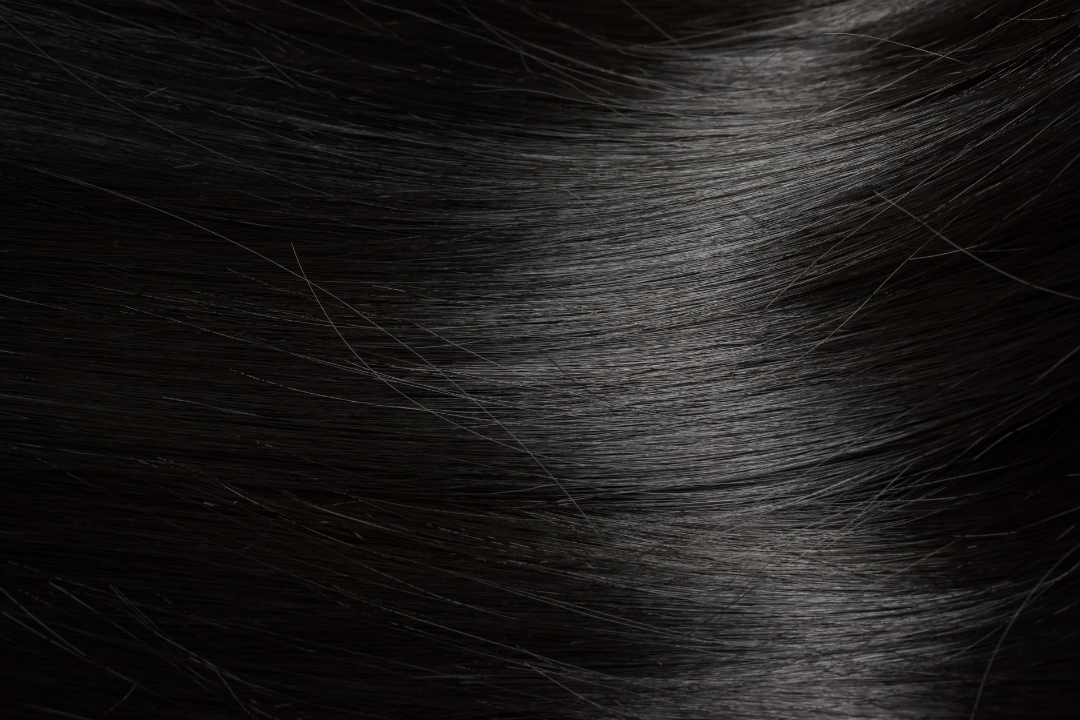Dr. Nerea Casal García: Pioneering Sports Science to Enhance Track Performance
Dr. Nerea Casal García, a prominent figure in the realm of sports science, recently conducted a groundbreaking study that sheds light on the evolving stride patterns of elite female athletes participating in the 400 meters hurdles. This research not only highlights a significant shift in performance metrics but also underscores the importance of understanding biomechanical […]


Dr. Nerea Casal García, a prominent figure in the realm of sports science, recently conducted a groundbreaking study that sheds light on the evolving stride patterns of elite female athletes participating in the 400 meters hurdles. This research not only highlights a significant shift in performance metrics but also underscores the importance of understanding biomechanical dynamics in athletic training. Dr. Casal García’s insights stem from her extensive experience as both an athlete and a coach, allowing her to address the intricacies of performance optimization in a manner that resonates with both seasoned professionals and budding sports enthusiasts.
Her journey into research was not born from mere academic curiosity; it was fueled by a profound desire to bridge gaps in training methodologies that she observed during her coaching career. While her PhD focused on observational analysis in elite sports, it served as a springboard into a world where data and performance intersect. In an era where competitive pressure is at an all-time high, athletes are constantly seeking marginal improvements in their performance—an endeavor that can benefit significantly from empirical research such as hers.
In her latest study, published in the prestigious journal “Frontiers in Sports and Active Living,” Dr. Casal García engaged in an observational analysis, meticulously examining the stride patterns of female athletes over the past five years. This research revealed that the evolution of these patterns correlates with enhancements in overall performance, suggesting that small adjustments in technique can yield substantial outcomes. Her findings serve to inform coaches and athletes alike, providing them with the knowledge required to enhance training regimens and ultimately improve competitive performance.
As the realm of sports science advances, the integration of biomechanical analysis becomes increasingly vital. Dr. Casal García emphasizes the importance of understanding how various factors—including body mechanics, environmental conditions, and psychological states—impact athletic performance. Her research aims to dissect these variables to offer tailored solutions for athletes, thereby equipping coaches with the tools to create more effective training programs. Consequently, this personalized approach can lead to optimized performance, addressing individual strengths and weaknesses in distinct athletic profiles.
Another critical area of focus in Dr. Casal García’s work is the misconception that data exclusive to Olympic finalists can be universally applied. She argues that while such data is valuable, the unique nature of individual athletes necessitates a more nuanced understanding of training methods. Individual variability plays a crucial role in performance, asserting that tailored training regimens should be prioritized over generalized approaches. This forward-thinking stance not only advocates for a shift in how research is conducted but also highlights the need for practical applications in coaching methodologies.
The technological landscape surrounding sports science is evolving rapidly, with advancements in data collection and analysis allowing for unprecedented insights into athlete performance. Dr. Casal García envisions a future where real-time data—encompassing internal loads, biomechanical feedback, and detailed performance metrics—will reshape training strategies. The implementation of such technology holds the potential to enhance training efficacy and enable athletes to reach previously unattainable heights of performance.
In her interactions with sports coaches, Dr. Casal García has identified a significant gap in accessibility to scientific research. While academia produces a wealth of valuable knowledge, a disconnect often exists between research findings and their practical application in the coaching community. Open science initiatives serve as a remedy to this issue, democratizing access to research and making vital information available to those on the front lines of athletic training. By bridging this divide, open-access research can empower coaches with the insights needed to adapt and refine their training techniques.
Dr. Casal García’s trajectory exemplifies the fusion of academic rigor and practical application, as she continues to explore performance analysis in athletics. Her research team’s commitment to identifying key performance variables across different events aims to unlock optimized training approaches tailored to individual athlete profiles. These ongoing efforts promise to elevate the standards of coaching and enhance athlete performance across various disciplines.
Through her dedication to excellence in sports science, Dr. Casal García is paving the way for future generations of athletes and coaches. Her vision for the future of sports research underscores the potential to revolutionize the way performance is evaluated, understood, and improved. As the field progresses, the influence of such pioneering research will undoubtedly resonate throughout the athletic community, inspiring innovation and a deeper understanding of what it truly means to excel in sports.
In summary, Dr. Nerea Casal García’s research not only addresses immediate concerns related to athletic performance but also sets the stage for a more scientific understanding of training methodologies. By focusing on the intricacies of biomechanics and the importance of personalized training approaches, her work stands to inspire a new wave of research that prioritizes both empirical evidence and practical application. Such efforts are essential for advancing the field of sports science, as they ultimately enhance the performance of athletes worldwide.
In conclusion, the strides being made in the realm of sports science, particularly through the studies conducted by Dr. Nerea Casal García, are an essential aspect of the ongoing dialogue surrounding athletic performance optimization. As she continues to explore these vital areas of research, the implications for future training frameworks and athletic excellence remain profoundly significant.
Subject of Research: People
Article Title: Changes in stride pattern of elite women’s 400 metres hurdles from 2019 to 2022: an analysis by performance level
News Publication Date: 27-Feb-2025
Web References: http://dx.doi.org/10.3389/fspor.2025.1515441
References: [Not Provided]
Image Credits: Nerea Casal García
Keywords: sports science, biomechanics, athletic performance, personalized training, coaching methodologies, open science, observational analysis, elite athletes, sports research, performance optimization.
Tags: 400 meters hurdles performanceadvancements in sports trainingbiomechanical dynamics in athleticscompetitive pressure in sportsDr. Nerea Casal Garcíaelite female athletesempirical research in athleticsimpact of research on athletic performanceobservational analysis in elite sportsperformance optimization strategiessports science researchtraining methodologies in sports
What's Your Reaction?

































